Solar modules and, to a lesser extent, inverters, get a lot of public and press attention — modules can’t be blamed for being the most visible, shiny element of a solar installation.
But the hard-working racking and tracking below the PV panels is just as critical as the more active components, although the cost of racking represents a small portion of a total rooftop installation. According to the National Renewable Energy Laboratory’s most recent solar cost benchmarks, residential solar racking costs approximately $0.10/W and commercial solar racking costs $0.10 to $0.22/W depending on wind and snow loading measures.
Nevertheless, the racking market segment is innovating and still attempting to drive cost out of its modest slice of the solar cost pie.
Racker market taxonomy
Confining the scope of this article to residential and commercial racking, leaving trackers, ground mount and carports aside for now, it’s clear that solar racking systems are not created the same.
While most racking systems contain flashing, mounts or feet, aluminum rails, clamps, and ballast for non-penetrating commercial installations — there is still a spectacularly wide variety of innovative racking approaches, all with their own strengths and weaknesses.
The vendor landscape is fragmented as is the application space — divided into rail-based and rail-less systems for residential roofs. Each roof type — composite shingle, standing seam metal, tile roofs, and low-slope ballasted applications requires its own specialized racking approach. This has resulted in a crowded market with a long tail of small racking firms.
Rail-based residential rooftop racking vendors include Unirac, IronRidge, Mounting Systems, Polar Racking and Everest Mounting Systems. Rail-less residential racking comes from Quick Mount PV, ProSolar, Pegasus Solar, Unirac and Ecolibrium Solar. Low-slope ballasted non-penetrating racking comes from Unirac, IronRidge, DynoRaxx, SunModo, PanelClaw and KB Racking.
Market consolidation
This fragmented racking market has long been ripe for consolidation — and over the last months and years that consolidation has been driven by private equity firms.
Quick Mount was acquired by Netherlands-based Esdec last year in a roll-up of U.S. racking companies. Esdec also acquired racking companies IronRidge and EcoFasten at undisclosed prices to gain a reported 60% share of the nation’s residential racking market.
Business for Quick Mount seems to be going well. According to equities analyst Roth Capital Partners in its July industry note, Quick Mount’s revenue is growing 70% year-over-year. Last year, the firm doubled its annual production capacity to 1.2 gigawatts.
Private equity firm Tenex acquired Unirac in 2016 as a corporate platform with the goal of adding other solar firms. Unirac continued the market consolidation despite the pandemic and acquired Ecolibrium Solar in July, adding Ecolibrium’s commercial flat roof, residential rail-less and metal roof products to its product line. Ecolibrium has installed more than 800 MW of its racking gear.
The consolidation in the racking market shows no signs of slowing down and the market segment has become a little hotbed of M&A.
Commercial racking innovation
Flat or low-slope commercial roof customers are best served with non-penetrating, ballasted mounting systems — and these come in a variety of innovative form factors.
A good example of the innovation happening in the commercial racking market is the BX system from IronRidge. IronRidge’s “flat roof attachment anchors” can be fully ballasted, fully anchored, or a hybrid optimized for the site. The system can eliminate hundreds of pounds of required ballast weight and achieve configurations as light as three pounds per square-foot, according to the company.
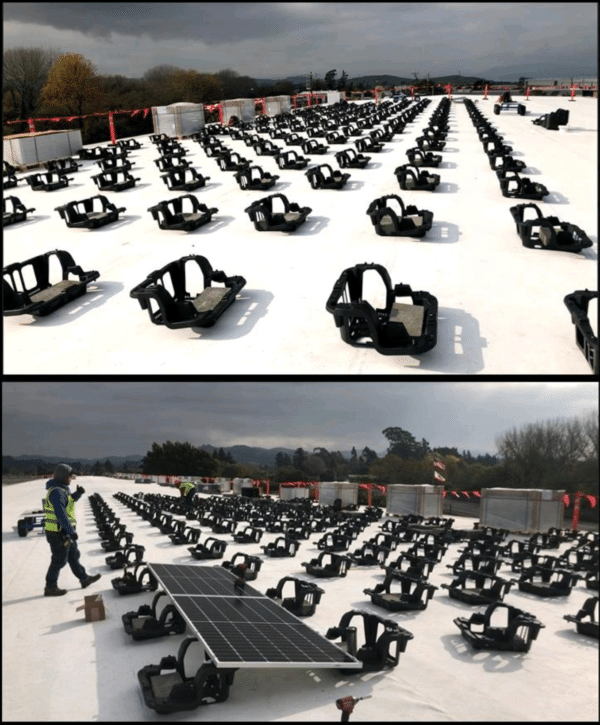
Another innovative startup, Point Load Power, has launched its PV Booster, a tracking system designed for commercial applications. It’s this undefended hill of small-scale project tracking that Point Load Power CEO and co-founder Peter Ciulla sees as the path to success.
“The first-generation PV Booster tracker was conceptualized by Bill Gross at the Idealab incubator back in 2016,” Ciulla told pv magazine. “The goal there was to take those economic benefits of tracking that had been proven year after year in utility-scale PV projects and bring them to the growing C&I market.”
Using a steel frame and low-profile design, the product has achieved UL 3703 certification, as well as the wind loading requirements of ASCE 7-16, achievements that Ciulla asserts the company spent all of 2019 working toward.
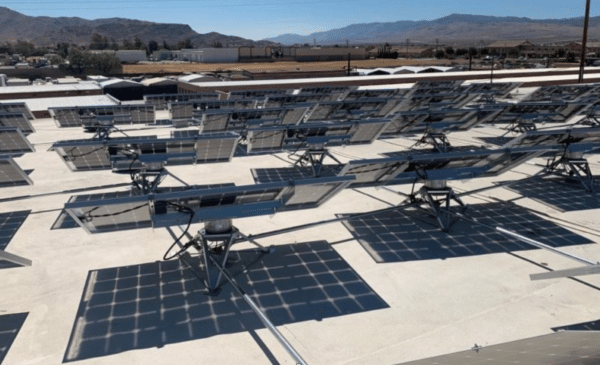
“Weight and wind. The way we solve those is keeping things short and keeping it as small and as low to the roof deck as possible.These small, short trackers end up keeping those wind loads as low as possible, which keeps the weight as low as possible and ultimately transfers lower loads onto the building structure.”
Residential racking innovation
The California residential solar mandate has become a driver of innovation in residential solar racking and mounting. Home solar installer Sunrun and its homebuilder partners are starting to deploy PV modules at the time of construction. Attachments for the racking are installed below the roof shingles, directly to the plywood making up the roof. This will lower installation time, costs, and the risk of roof leaks.
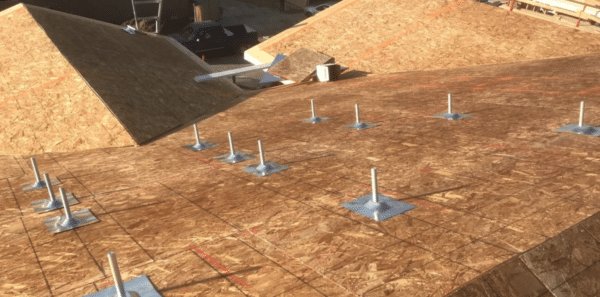
In this same vein, UK-based manufacturer Viridian is trying to get UL approved for the U.S. market for its product that gets rid of racking altogether and connects directly to the structure underneath the base plywood. Viridian has signed a distribution agreement with Unirac.
Racking case study: one home, two roof types
The Solar Revolution, a Colorado-based commercial and residential solar company faced some solar roof racking challenges when developing a PV system for the 15,000-square-foot Calcaire House in Boulder, Colorado, a large single-family residential compound.
The city of Boulder is considered a high-wind area. Additionally, the building is roofed with a combination of standing seam metal and thermoplastic polyolefin (TPO) roof systems. TPO roofing is a single-ply roofing membrane typically used to cover flat roofs. Of the 15,000 square-feet of roof space, roughly 12,000 square-feet is covered by standing seam metal roofing, while the remaining 3,000 square-feet are covered by TPO.
In addition to attachment issues, the most optimal rooftop areas for solar were also the most visually prominent, with the homeowner voicing concerns over the aesthetic appearance of the installation.
After consideration and a study done to account for wind speeds and determine strain, the team at Solar Revolution decided that the most effective system would be S-5!’s PVKIT 2.0. Designed specifically for standing seam metal roofing, PVKIT 2.0 utilizes clamps designed to grab and attach onto metal roofs, both at the edge and across the surface. The kit also comes in black, matching the color of the roof and appeasing the owner’s aesthetic needs.
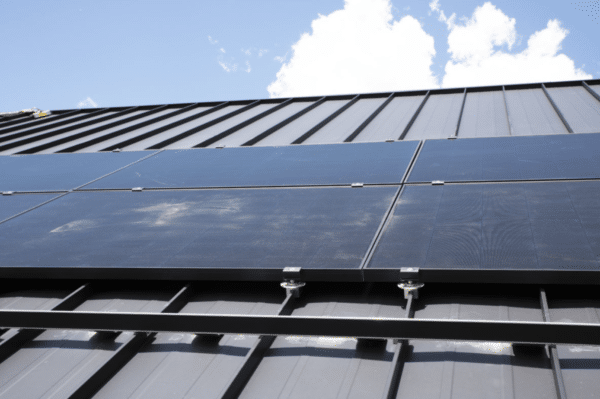
Much of the preparatory installation work, including installing the power optimizers and managing wiring, was done on the ground, in order to minimize the amount of time that crews would have to spend in harnesses on a steep metal roof. The installation also features an S-5! snow-guard system, a necessary measure for installations in Colorado.
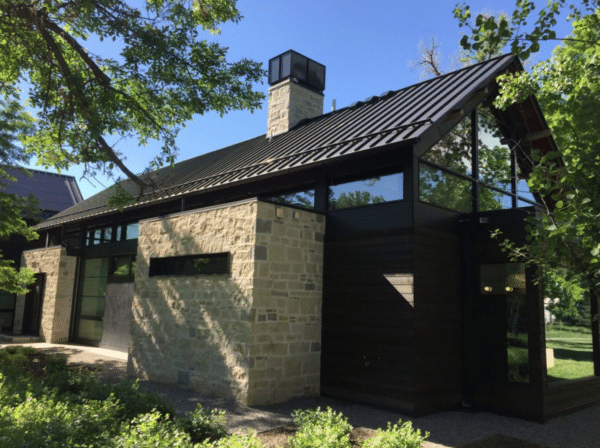
It’s evident that the technological innovation and market volatility in the U.S. racking market is going to accelerate as competition continues, as the California solar mandate advances, and as solar spreads to more residential and commercial rooftops.
This content is protected by copyright and may not be reused. If you want to cooperate with us and would like to reuse some of our content, please contact: editors@pv-magazine.com.






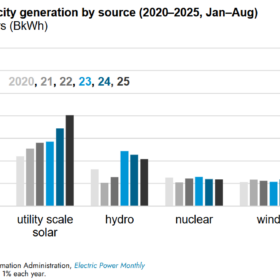

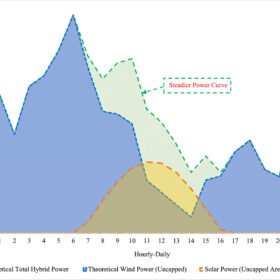
Thanks for mentioning Point Load Power, Eric and Tim! For anyone interested in seeing PV Booster, rooftop tracker up close and personal – we recently launched our virtual showroom: https://www.pointloadpower.com/virtual-showroom